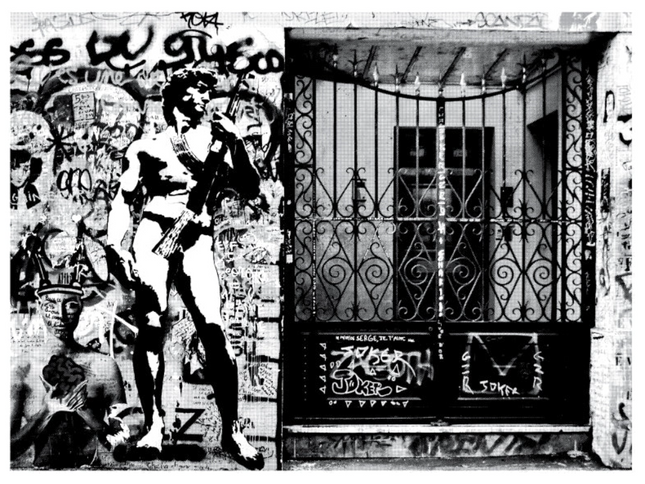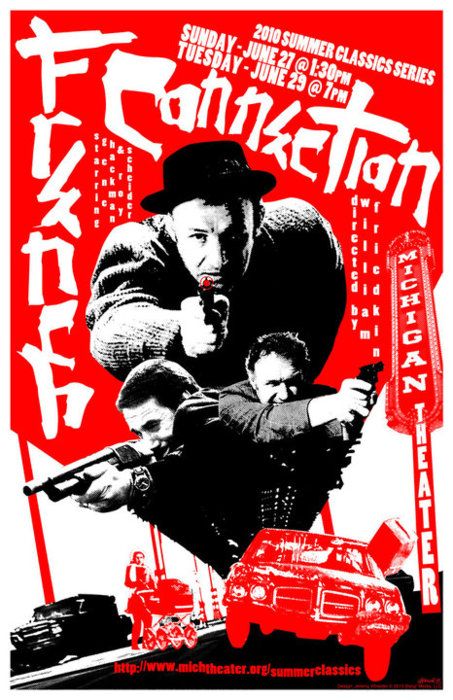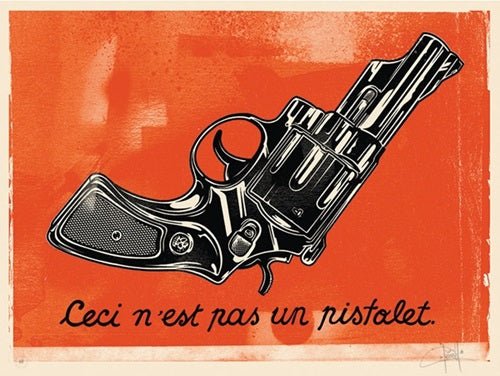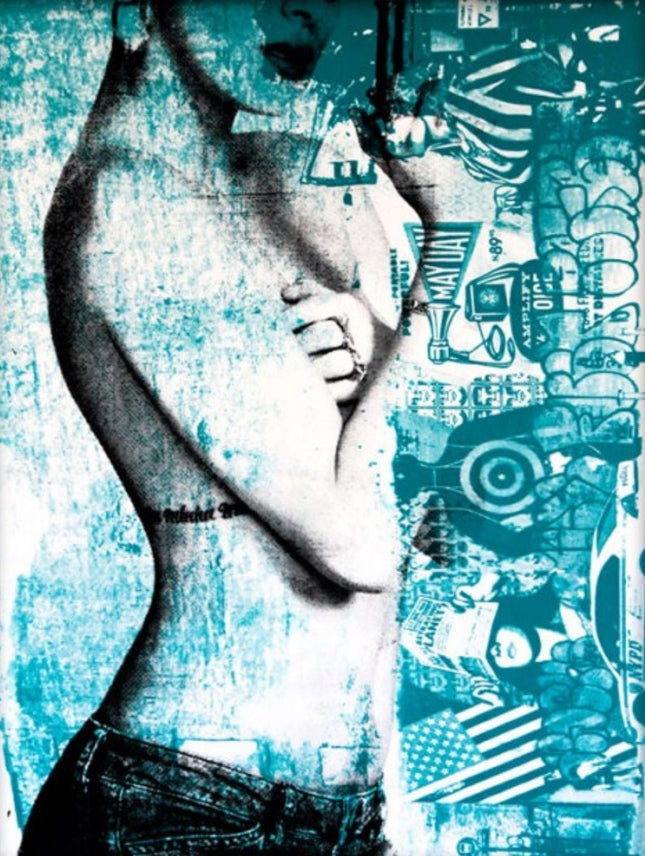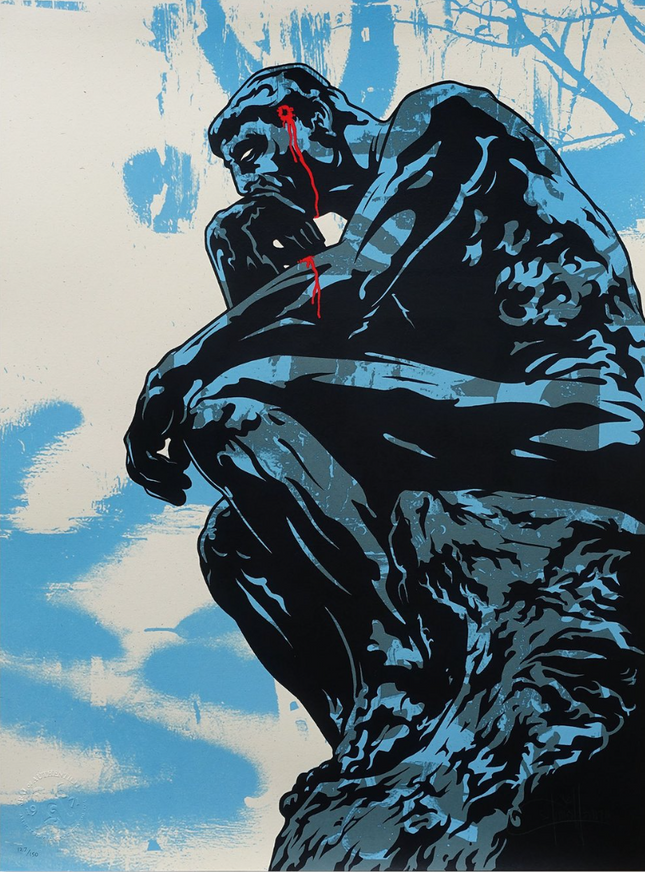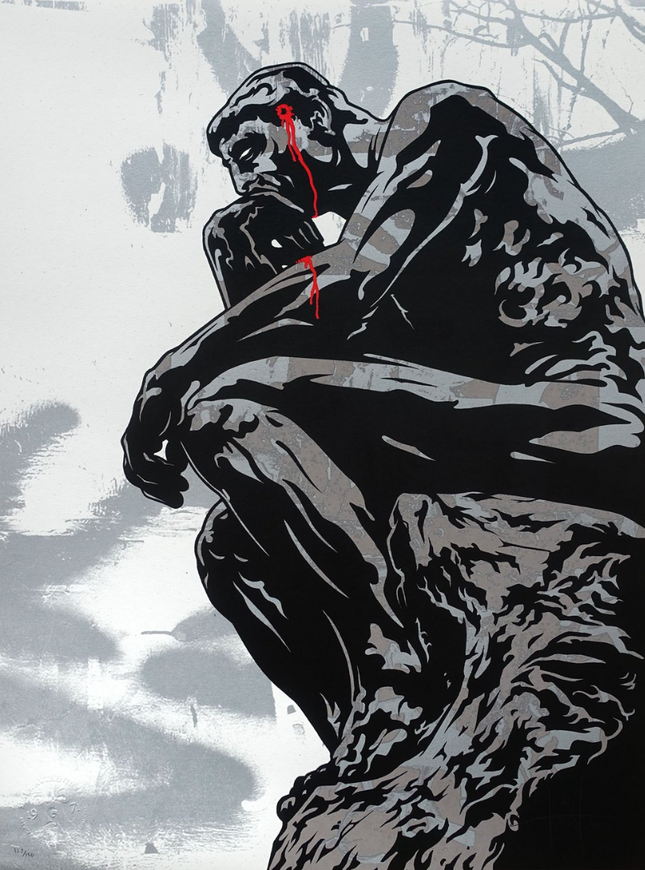
Guns have been a common theme in both graffiti art and pop art for decades. While the use of guns in art can be controversial, it is often used as a symbol of power, violence, and rebellion. In graffiti art, guns are often used as a way to convey a sense of danger or aggression. Graffiti artists may use guns to depict their struggle against authority, or to communicate their frustration with societal norms. Guns can also be used as a way to express a desire for freedom or to assert one's identity. In pop art, guns are often used in a more satirical or ironic way. Pop artists may use guns to criticize the prevalence of violence in society, or to comment on the media's fascination with guns and gun culture. Pop artists may also use guns as a way to challenge traditional notions of masculinity or to explore the role of violence in American culture. Some notable examples of guns in graffiti art include the work of Banksy, who often uses guns to critique war and conflict, and the work of Jean-Michel Basquiat, who frequently used guns as a symbol of oppression and social unrest. In pop art, artists such as Andy Warhol and Roy Lichtenstein have incorporated guns into their works, often using them as a way to explore the intersection of violence and consumer culture. Warhol's famous "Gun" series, for example, consists of a series of silkscreen prints that depict guns in various colors and configurations, while Lichtenstein's "Gun in America" series uses the image of a gun to explore the relationship between guns and American identity. The use of guns in graffiti art and pop art can be seen as a way to challenge social norms and explore the role of violence in society. While controversial, it is a common theme in these art forms that continues to spark debate and discussion.

